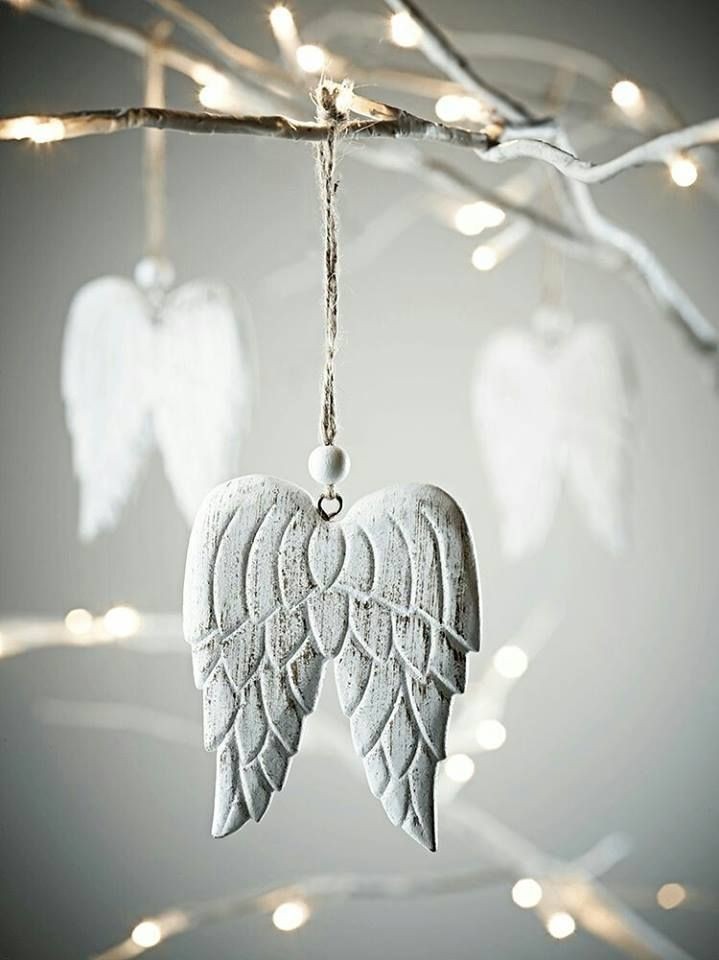The Intersection of Art Therapy and Language: A Creative Journey
- Koöko Fleurs
- Jul 10, 2024
- 3 min read

Art therapy is a fascinating field that combines creativity with therapeutic techniques to help individuals express themselves and heal. When it comes to language, art therapy offers unique benefits that go beyond traditional verbal communication. Let’s explore how art therapy and language intersect.
The Power of Non-Verbal Expression
Art therapy engages the mind, body, and spirit in ways that are distinct from verbal articulation alone. Through the use of various art materials and creative processes, individuals can express thoughts and emotions that might be difficult to put into words. This is particularly beneficial for those who struggle with language, such as children, individuals with speech impairments, or those experiencing trauma.
Enhancing Communication Skills
Art therapy can support and reinforce speech therapy goals. For example, creating art can help individuals practice and improve their language skills in a more relaxed and engaging environment. Activities like storytelling through drawings or discussing their artwork can enhance vocabulary, sentence structure, and overall communication abilities.
Symbolic Language
Art allows for symbolic expression, which can be a powerful tool in therapy. Symbols and metaphors in art can convey complex emotions and experiences that might be challenging to articulate verbally. This symbolic language can provide insights into an individual’s inner world and facilitate deeper understanding and healing.
Cultural and Linguistic Diversity
Art therapy is also adaptable to different cultural and linguistic backgrounds. Since art is a universal form of expression, it can bridge language barriers and provide a common ground for communication. This makes art therapy an inclusive approach that can be tailored to meet the needs of diverse populations.
Practical Applications
Children with Autism: Art therapy can help children with autism improve their communication skills by providing a non-verbal outlet for expression and interaction.
Trauma Survivors: For individuals who have experienced trauma, art therapy can offer a safe space to process and express their feelings without the need for words.
Elderly with Dementia: Art therapy can help elderly individuals with dementia by stimulating cognitive functions and providing a means of communication when verbal skills decline.
Art therapy is a versatile and powerful tool that complements traditional language-based therapies. By engaging in creative processes, individuals can explore and express their emotions in ways that transcend the limitations of language. Whether through drawing, painting, or sculpting, art therapy opens up new avenues for healing and communication.
Why We Chose English Over French for Our Website
In the vast digital landscape, the choice of language for a website is a crucial decision. While French is a beautiful and rich language, we opted for English for several compelling reasons. Let’s dive into the rationale behind this choice, with a sprinkle of humor and a dash of enduring wisdom.
English is the dominant language in international business. By using English, we align ourselves with global market trends and make it easier for international clients to engage with us. Think of it as setting up shop in the busiest market square rather than a charming but secluded alley.
You may have noticed that we also include a few articles in French. By incorporating French phrases and idioms into our site, we add a unique flavor that enriches the content. This bilingual approach not only broadens our reach but also brings a touch of elegance and cultural diversity, much like adding a fine French wine to a delightful meal – spreading its *je ne sais quoi* across the digital landscape. Whether it’s the latest hit from a French pop star or a philosophical debate on existentialism, French culture adds a certain *joie de vivre* to the internet.
English Cultural Influence
English-language media, from Hollywood movies to popular music, has a significant cultural impact. By using English, we tap into this vast reservoir of cultural content, making our site more relatable and engaging. It’s like adding a popular soundtrack to our website – it just makes everything more appealing.
A wealth of educational resources and research materials are available in English and French. This allows us to provide well-informed and up-to-date content. It’s like having access to the largest library in the world, ensuring we always have the best information at our fingertips.
English is rich in idioms and expressions that add flavor to our content. From puns to playful language, English allows us to inject humor and personality into our site. It’s like having a spice rack full of exotic flavors – it makes our content more enjoyable and never goes out of style.
To sum up, while French is undeniably elegant and expressive, and this multicultural hub is in Paris, we ensure our website is a welcoming, engaging, and enduring space for visitors from all corners of the world. Remember, no matter the language, it’s the connection we make that truly matters. Cheers! 😊











Comments